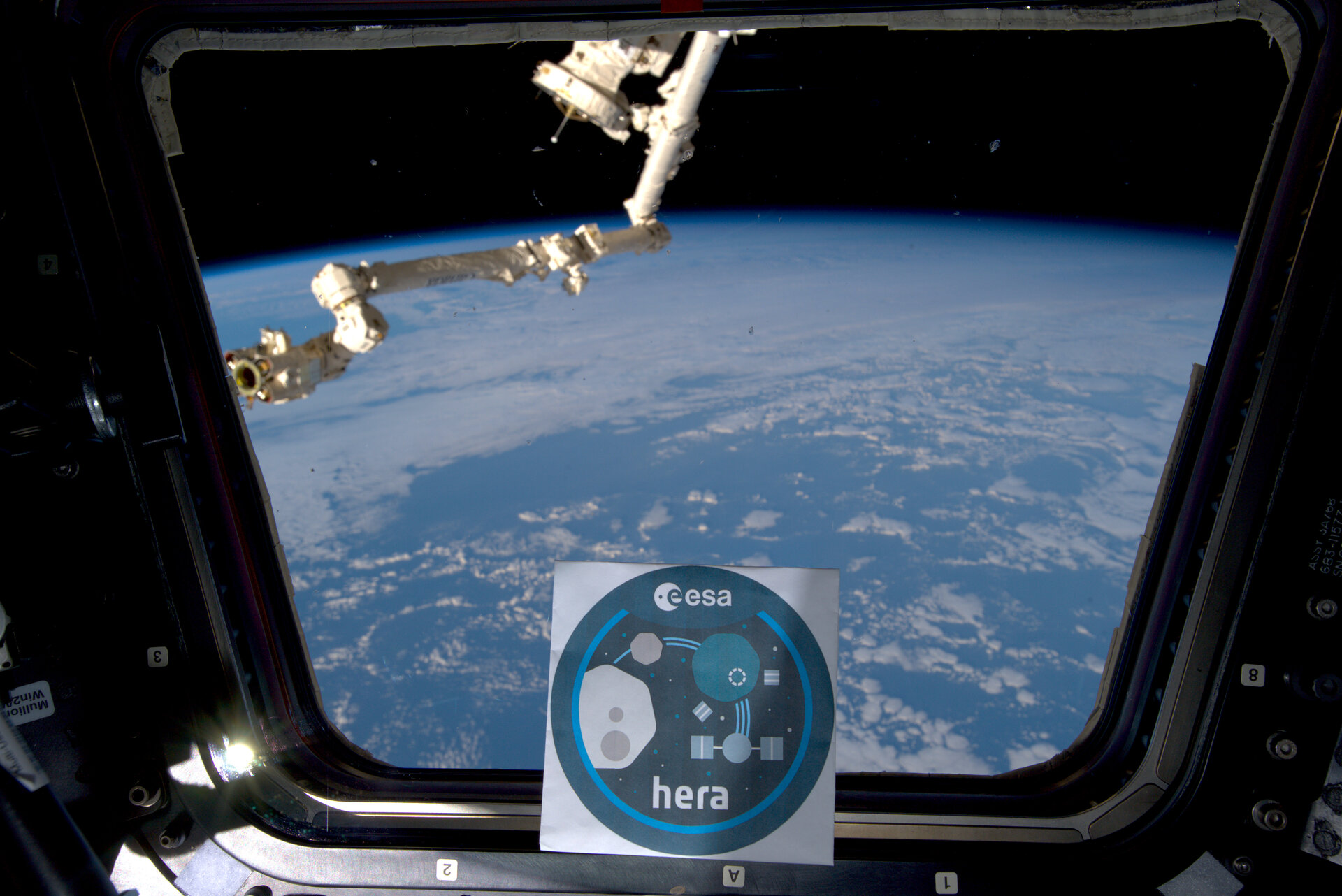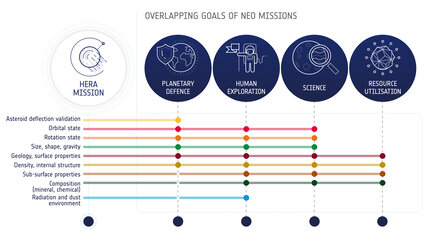Accept all cookies Accept only essential cookies See our Cookie Notice

About ESA
The European Space Agency (ESA) is Europe’s gateway to space. Its mission is to shape the development of Europe’s space capability and ensure that investment in space continues to deliver benefits to the citizens of Europe and the world.
Highlights
ESA - United space in Europe
This is ESA ESA facts Member States & Cooperating States Funding Director General Top management For Member State Delegations European vision European Space Policy ESA & EU Space Councils Responsibility & Sustainability Annual Report Calendar of meetings Corporate newsEstablishments & sites
ESA Headquarters ESA ESTEC ESA ESOC ESA ESRIN ESA EAC ESA ESAC Europe's Spaceport ESA ESEC ESA ECSAT Brussels Office Washington OfficeWorking with ESA
Business with ESA ESA Commercialisation Gateway Law at ESA Careers Cyber resilience at ESA IT at ESA Newsroom Partnerships Merchandising Licence Education Open Space Innovation Platform Integrity and Reporting Administrative Tribunal Health and SafetyMore about ESA
History ESA Historical Archives Exhibitions Publications Art & Culture ESA Merchandise Kids Diversity ESA Brand Centre ESA ChampionsLatest
Space in Member States
Find out more about space activities in our 23 Member States, and understand how ESA works together with their national agencies, institutions and organisations.
Science & Exploration
Exploring our Solar System and unlocking the secrets of the Universe
Go to topicAstronauts
Missions
Juice Euclid Webb Solar Orbiter BepiColombo Gaia ExoMars Cheops Exoplanet missions More missionsActivities
International Space Station Orion service module Gateway Concordia Caves & Pangaea BenefitsLatest
Space Safety
Protecting life and infrastructure on Earth and in orbit
Go to topicAsteroids
Asteroids and Planetary Defence Asteroid danger explained Flyeye telescope: asteroid detection Hera mission: asteroid deflection Near-Earth Object Coordination CentreSpace junk
About space debris Space debris by the numbers Space Environment Report In space refuelling, refurbishing and removingSafety from space
Clean Space ecodesign Zero Debris Technologies Space for Earth Supporting Sustainable DevelopmentLatest
Applications
Using space to benefit citizens and meet future challenges on Earth
Go to topicObserving the Earth
Observing the Earth Future EO Copernicus Meteorology Space for our climate Satellite missionsCommercialisation
ESA Commercialisation Gateway Open Space Innovation Platform Business Incubation ESA Space SolutionsLatest
Enabling & Support
Making space accessible and developing the technologies for the future
Go to topicBuilding missions
Space Engineering and Technology Test centre Laboratories Concurrent Design Facility Preparing for the future Shaping the Future Discovery and Preparation Advanced Concepts TeamSpace transportation
Space Transportation Ariane Vega Space Rider Future space transportation Boost! Europe's Spaceport Launches from Europe's Spaceport from 2012Latest

Hera logo aboard ISS
Thank you for liking
You have already liked this page, you can only like it once!
The logo for Hera, ESA’s proposed asteroid mission for planetary defence, has already reached space, thanks to ESA astronaut Luca Parmitano, who snapped this photo from the cupola of the International Space Station. The Hera mission itself is seeking final approval for development at the Space19+ Ministerial Council this November.
“The Hera team welcomes this high-profile appearance,” says Ian Carnelli, managing Hera. “The next time our logo will get anywhere near this high would be for its initial moments of flight, covering the fairing of its Ariane 6 launcher.”
Part of ESA’s new Space Safety programme, Hera is planned as Europe’s contribution to an audacious planetary defence experiment. In summer 2022, NASA’s DART mission will impact the smaller of the Didymos binary asteroids, in an attempt to deflect it.
Hera would then perform a detailed post-impact survey of the deflected body, measuring its mass and the size and shape of the crater left by DART, to turn planetary deflection into a well-understood technique that could be performed against various scales of targets if ever needed to actually defend Earth.
“Asteroids hold unique information about Solar System formation and ultimately about our own origins,” comments Luca. “They are tracers of Solar System formation where collisions played a fundamental role.
“Understanding the impact processes at scales beyond what is achievable in laboratories provides important clues on the evolution of the Solar System, including our own planet. It is fascinating to think that the same science can protect our planet from asteroid impacts.”
The Hera logo summarises key goals of the Hera mission: protection from asteroid impact, modelling binary asteroid systems, preventing asteroid collisions and developing new technology – including the two CubeSats the spacecraft will deploy to perform close-up surveys.
-
CREDIT
ESA–L. Parmitano -
LICENCE
ESA Standard Licence

Hera approaches the impact scene

Hera’s journey

Contract signature for Hera - Europe’s planetary def…

Goals of the Hera mission















 Germany
Germany
 Austria
Austria
 Belgium
Belgium
 Denmark
Denmark
 Spain
Spain
 Estonia
Estonia
 Finland
Finland
 France
France
 Greece
Greece
 Hungary
Hungary
 Ireland
Ireland
 Italy
Italy
 Luxembourg
Luxembourg
 Norway
Norway
 The Netherlands
The Netherlands
 Poland
Poland
 Portugal
Portugal
 Czechia
Czechia
 Romania
Romania
 United Kingdom
United Kingdom
 Slovenia
Slovenia
 Sweden
Sweden
 Switzerland
Switzerland

























